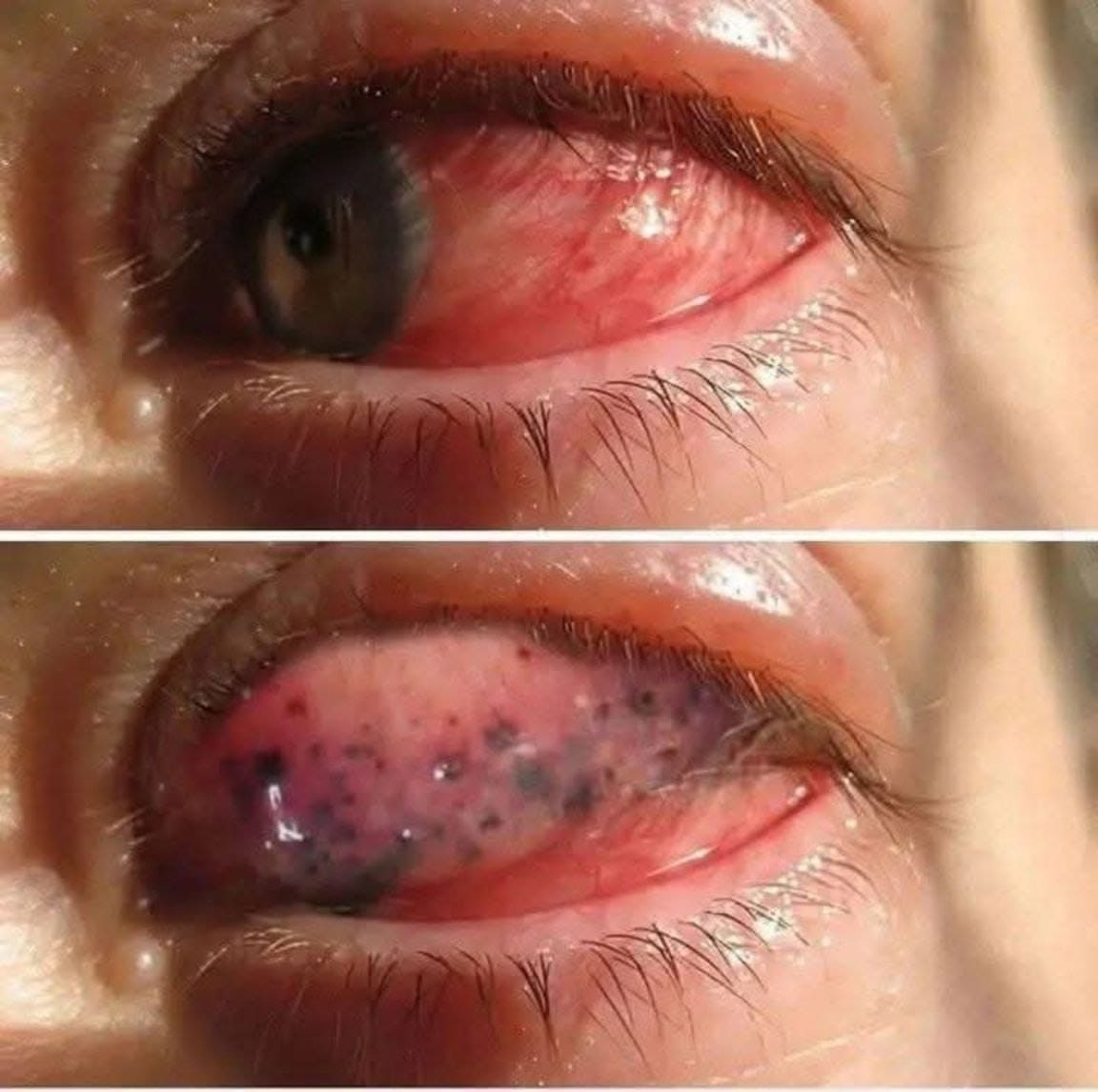Mouth cancer, more commonly known as oral cancer, is one of the most prevalent forms of head and neck cancers, and while its dangers are significant, it often develops quietly and goes unnoticed until the disease has reached an advanced stage. This is one of the reasons why it remains such a deadly form of cancer. It primarily affects people over the age of 40, with men having a higher risk than women.

Statistics from India alone report more than 77,000 new cases of mouth cancer every year and over 52,000 deaths, highlighting the seriousness of the condition and the urgent need for greater awareness, early detection, and timely treatment. Mouth cancer can develop in different parts of the oral cavity, and its location often determines the specific type. Lip cancer affects either the outer or inner lips, tongue cancer typically develops on the sides or underside of the tongue, inner cheek cancer forms along the lining of the cheeks, gum cancer appears on the tissues surrounding the teeth, and floor of mouth cancer impacts the area beneath the tongue. Because oral cancers often cause little to no pain in their early stages, they can easily go undetected for months, which is why dentists strongly recommend that individuals, especially those who smoke or consume alcohol regularly, have oral checkups at least twice a year.
Early detection can dramatically increase the chances of successful treatment and survival. Recognizing the symptoms is crucial, yet one of the biggest challenges with oral cancer is that its early warning signs are subtle and often dismissed as minor health issues. Symptoms that should never be ignored include a blister or sore in the mouth or on the lips that does not heal, unexplained bleeding inside the mouth, persistent mouth pain or difficulty swallowing, lumps in the neck or sudden swelling of the jaw, unexplained loose teeth, ear pain on one side without infection, sudden and unexplained weight loss, numbness in the lips, chin, or face, red or white patches inside the mouth or on the lips, chronic dry mouth that does not improve with hydration, stiffness or pain in the jaw, and a persistent sore throat or pain in the tongue.
These signs may not always point to cancer, but if any persist for more than two weeks, or if several occur at the same time, immediate medical attention is necessary. Lifestyle choices are the most common causes of mouth cancer, with tobacco use responsible for nearly 80 percent of cases. Smoking cigarettes, cigars, or pipes significantly increases risk, while chewing tobacco in forms such as betel quid, gutkha, or snuff carries equally high dangers. Excessive alcohol consumption is another major contributor, and when combined with smoking, the risk multiplies considerably. Infection with certain strains of human papillomavirus (HPV) has also been identified as a contributing factor, while poor oral hygiene and chronic irritation of the mouth can increase susceptibility as well. Doctors use cancer staging to determine the extent of the disease and appropriate treatment plans.
In stage 1, the tumor is less than one inch in size and has not spread to lymph nodes. Stage 2 indicates growth between one and two inches without lymph node involvement. Stage 3 cancers are larger than two inches or smaller but have spread to nearby lymph nodes. Stage 4, the most advanced stage, occurs when cancer has spread beyond the mouth to surrounding tissues, lymph nodes, or even distant organs. The survival rate for oral cancer detected early can be as high as 82 percent, but once the disease reaches advanced stages, the survival rate drops dramatically to about 27 percent. Treatment varies depending on the stage, location, and overall health of the patient.
Surgery is often the first line of treatment, with surgeons removing tumors and in some cases reconstructing the affected area using tissue flaps to restore both function and appearance. Radiation therapy uses high-energy beams to kill cancer cells and can be delivered through external beam radiation or brachytherapy. Chemotherapy uses drugs to destroy cancer cells throughout the body and is often combined with radiation for greater effectiveness. Targeted therapies are modern approaches that attack cancer cells specifically, sparing most healthy tissues, and in advanced hospitals, robotic surgery is sometimes used to allow precise tumor removal with minimal damage to surrounding areas.
There are some important facts that everyone should remember. About 80 percent of mouth cancer cases are directly linked to tobacco use, the average age of diagnosis is around 50, and men face a higher risk than women. Regular dental checkups are vital to detect early warning signs, and prevention through quitting tobacco, limiting alcohol, and maintaining strong oral hygiene can reduce risks substantially. Mouth cancer is among the most preventable cancers, yet it continues to take thousands of lives every year simply because it is not recognized or treated early enough.
For those who smoke, chew tobacco, or drink heavily, the risks are significantly higher, and regular screenings with a dentist or oncologist should be considered essential. The most effective weapon against mouth cancer is awareness, and by learning to identify symptoms, addressing risk factors, and seeking treatment as early as possible, survival rates can improve dramatically. Protecting oral health should not be considered a luxury or secondary concern but a necessity for long-term well-being, for yourself, your family, and your future.





